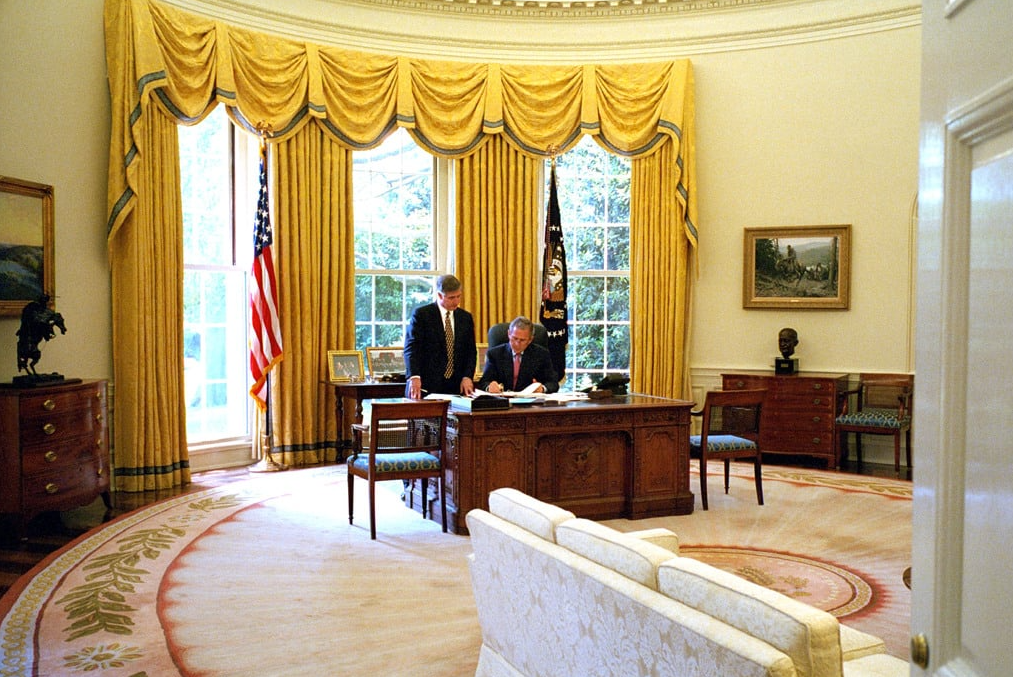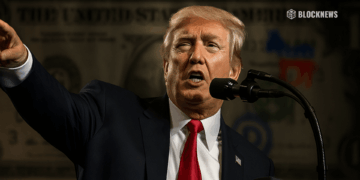- Trump’s tariffs are returning, with studies showing they boosted U.S. manufacturing and reshored jobs.
- Reports from the ITC and EPI found tariffs had minimal impact on prices while cutting reliance on China.
- Despite media panic, U.S. steel investment surged, and economists now admit tariffs didn’t cause inflation.
For the first time in years—maybe decades—the United States is making a serious push for what President Donald Trump calls fair trade. And this time, he’s not just talking. He’s bringing back the tariffs.
The announcement marks a sharp shift from the “free trade at all costs” mentality of the past. Trump’s latest tariff package, set to level the playing field for U.S. workers and industries, is drawing both applause and outrage—again.
Let’s be honest, the media? They’re losing it. But if you dig past the headlines, the data tells a very different story.
Tariffs Worked. Here’s the Proof.
A 2024 study analyzing Trump’s first-term tariffs didn’t mince words. They “strengthened the U.S. economy” and brought key manufacturing sectors back home—especially steel.
Then there’s the U.S. International Trade Commission‘s 2023 report, which looked at Trump’s Section 232 and 301 tariffs on over $300 billion worth of imports. What’d they find? Simple:
- Imports from China dropped.
- U.S. production of tariffed goods rose.
- Downstream prices? Barely a blip.
And despite what cable pundits scream, the Economic Policy Institute found no solid link between tariffs and inflation.
Between 2018 and the pre-COVID crash of 2020, the steel industry saw a surge in output, investment, and jobs. U.S. steelmakers announced plans to drop nearly $16 billion into new or upgraded facilities, adding over 3,000 new jobs. That’s not theory—that’s what happened.
Even Janet Yellen, President Biden’s former Treasury Secretary, admitted tariffs weren’t driving prices up:
“I don’t believe American consumers will see any meaningful increase in the prices that they face.”
More Jobs. More Investment. Less Dependency.
Let’s break it down further:
- A 10% global tariff, according to a 2024 analysis, could add $728 billion to the U.S. economy, create 2.8 million jobs, and boost household income by over 5%.
- From 2016 to 2020, steel and aluminum imports dropped by nearly a third.
- Over $10 billion was committed to building new U.S. mills.
- Minnesota’s iron ore economy got a serious jolt—state officials called it a boon.
Even S&P Global praised the impact:
“Trump tariffs forge better credit quality for U.S.-based steel and aluminum producers.”
According to IndustryWeek, those same tariffs are still keeping U.S. steel production strong today. Major players like Nucor, U.S. Steel, Cleveland-Cliffs, and Steel Dynamics more than doubled their investments between 2017 and 2019.

Media Was Wrong—Loud and Wrong
Let’s rewind for a second.
- PBS (2018) warned tariffs could “imperil” the global recovery.
- NPR (2018) said the plan raised fears of a trade war.
- The New Yorker (2019) floated the idea of a looming “Trump recession.”
- Politico (2018) said global fallout was coming and markets were tanking.
But here we are. The global economy didn’t collapse. In fact, U.S. manufacturing grew, and our dependence on China ticked down.
So, What Now?
Trump’s bringing tariffs back—not as a one-off, but as a core strategy to protect American industry. The usual suspects in media and academia will shout, but the results from his first term are hard to ignore.
And this time around, he’s doubling down.
Whether you agree or not, one thing is clear: the tariff conversation is back on the front page. And the numbers? They’re not exactly siding with the skeptics.














